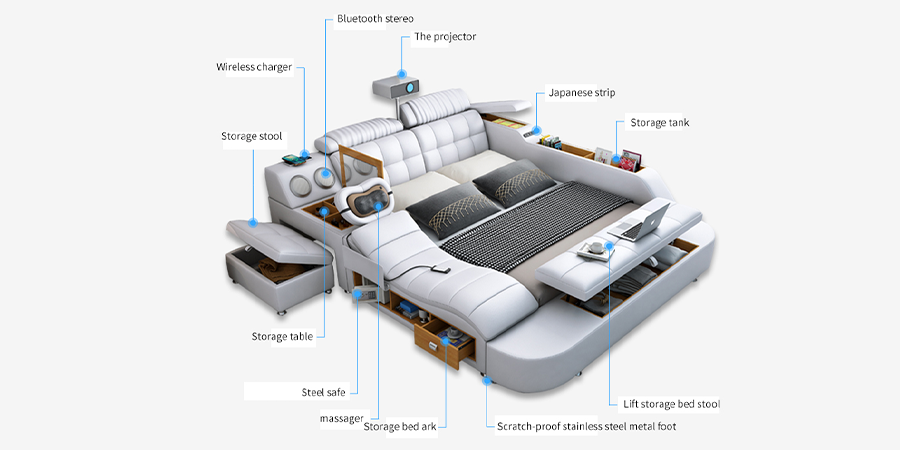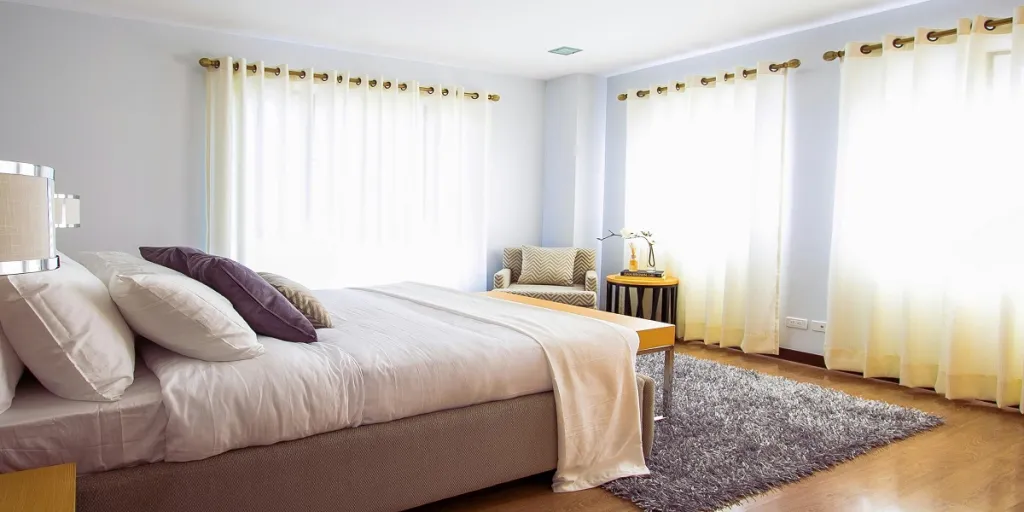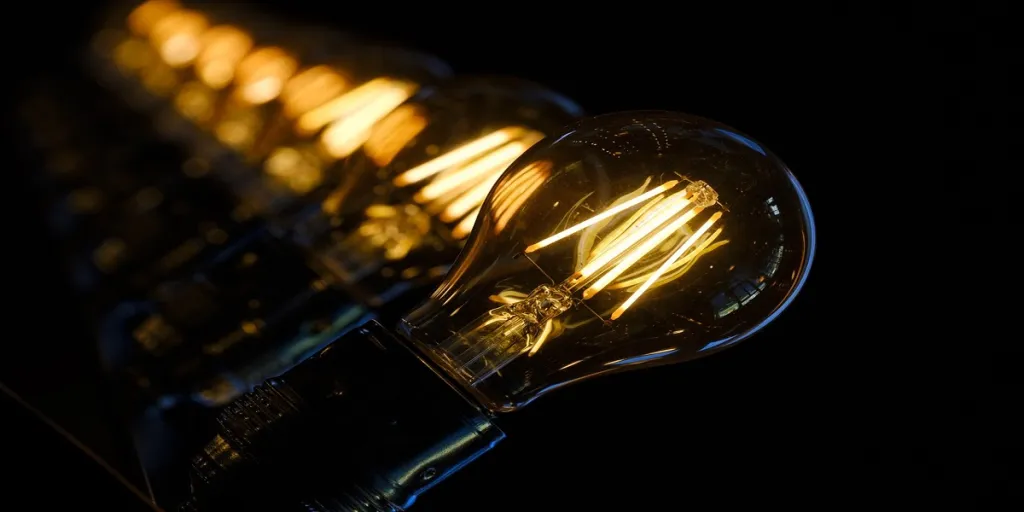Before we begin, let’s first understand what makes a bed “smart.” Simply put, connectivity and automation are the two key components that separate it from the ordinary bed. Connectivity in smart beds goes deeper than internet connection or hardware connectivity. Many are equipped with built-in sensors that track sleeping duration, positions, breathing patterns, rapid eye movement (REM) sleep, sleep apnea, and more.
Business-wise, smart beds bring revolutionary bedroom trends that include bed frames, mattresses, and all the related bedding essentials. Better still, as pointed out by Astute Analytica the target customers of smart beds cover not only the residential but also healthcare, transportation, hospitality, and others such as the aviation field.
Table of Contents
Smart bed market size and growth
Smart bed trends in 2022
A quick recap
Smart bed market size and growth
Data from Grand View Research shows that back in 2019, the global smart bed market was assessed at USD 2.17 billion. This figure continued to grow to USD 2.2855 billion in 2020 according to Allied Market Research, and the worldwide smart bed market is expected to increase at a compound annual growth rate (CAGR) of 4.8% from 2021 to 2030, up to USD 3.8336 billion by 2030.
From a regional perspective, the Asia Pacific as a key player region is anticipated to develop with the highest growth rate compared to the Middle East and North American markets by 2024. At a much higher forecasted CAGR rate of 5.6%, the Asia Pacific market is estimated to have the fastest growth by 2027 too.
All the data above exhibits a strong and steady growth estimation for the smart bed market from 2019 onwards. The consistent growth despite the financial slowdown in 2020 manifests a positive reception for smart beds.
Smart bed trends in 2022
Health-oriented
With people getting more and more health-conscious over the past two years, smart beds nowadays also collect important biometric data such as heart rate and respiratory rate to help monitor sleep health. Utilizing this vital info, Yahoo News revealed that the latest smart bed trend is focusing on solutions for anti-snore and insomnia-free nights, all to ensure a comfortable good sleep for better health of sleepers.
Certain smart bed designers also go the extra mile to add more comfort to their beds, by offering massage functions on top of the snoring preventive auto-tilt or adjustable features. This adjustable intelligent electric bed or the smart mattress featured in the picture below are just two examples:

The smart bed trend that focuses on health-oriented attributes also signifies more options and wider choices for the healthcare industry such as this smart multifunctional bed for the elderly. Smart beds for seniors are usually adjustable, remotely controllable, and powered by an electric motor to lift up and lower the head and foot of the beds or mattresses on top.
These height adjustments can drastically improve the quality of sleep, particularly for elderly people who suffer from snoring, sleep apnea, acid reflux, or gastroesophageal reflux disease (GERD).
On top of their adjustability, smart beds for the elderly are often equipped with other added features such as preset position memory, motion sensors, and massaging functions to increase comfortability and efficiency. Certain models also include sleep tracking and alarm functions to alert caregivers to sleeping disorders, thereby providing the elderly with more attention and better care.
Innovative space-saving
Technically, most space-saving smart beds are not fully automated but centralized around foldable designs with removable accessories. However, some smart beds are equipped with a remote control to ease the collapsibility feature such as the following wall bed:

Some space-efficient smart beds integrate smart furniture ideas into their designs, hence combining storage areas such as the top cabinet, wardrobe, and bookcase. Other modular attachments such as the sofa and computer desk can be combined with smart beds too.
These versatile sets of furniture are ideal for home office users as well as the master bedroom. They also make a great combination from an interior designer’s point of view when it comes to creating space in their designs in line with the general bedroom design trends and interior design trends.
Enhanced multifunctional features
Be it a tatami style multi-function smart bed or a leather material multifunctional bed, multifunctional smart beds typically come with a variety of practical features to impress. Regardless of their designs or materials, diversified useful functions offered aim to enhance the bedroom experience.
Some of the common built-in functions include an adjustable headrest, Bluetooth speaker, USB charging station, storage area around the end-of-bed or bedside, bedside bench, bedside massage chair, digital safe box, and a raisable side desk for laptops. The list of these functions is ever-increasing with more and more innovative ideas popping up in line with technological advancements. For example, as shown in the below picture, a multifunctional smart bed is fitted with a projector for home entertainment on top of all other standard functions listed above:

A quick recap
Overall, there are three major trends to look out for in the smart bed market in 2022. These include health-oriented functions, innovative space-saving designs, and enhanced multifunctional features. In essence, all the above-cited upward statistics reveal the progress of the smart bed market in this new year and offer insight into the market’s enormous potential. To spot more business opportunities in the global import and export business, check out this article for the list of opportunities and challenges for export business in 2022.




